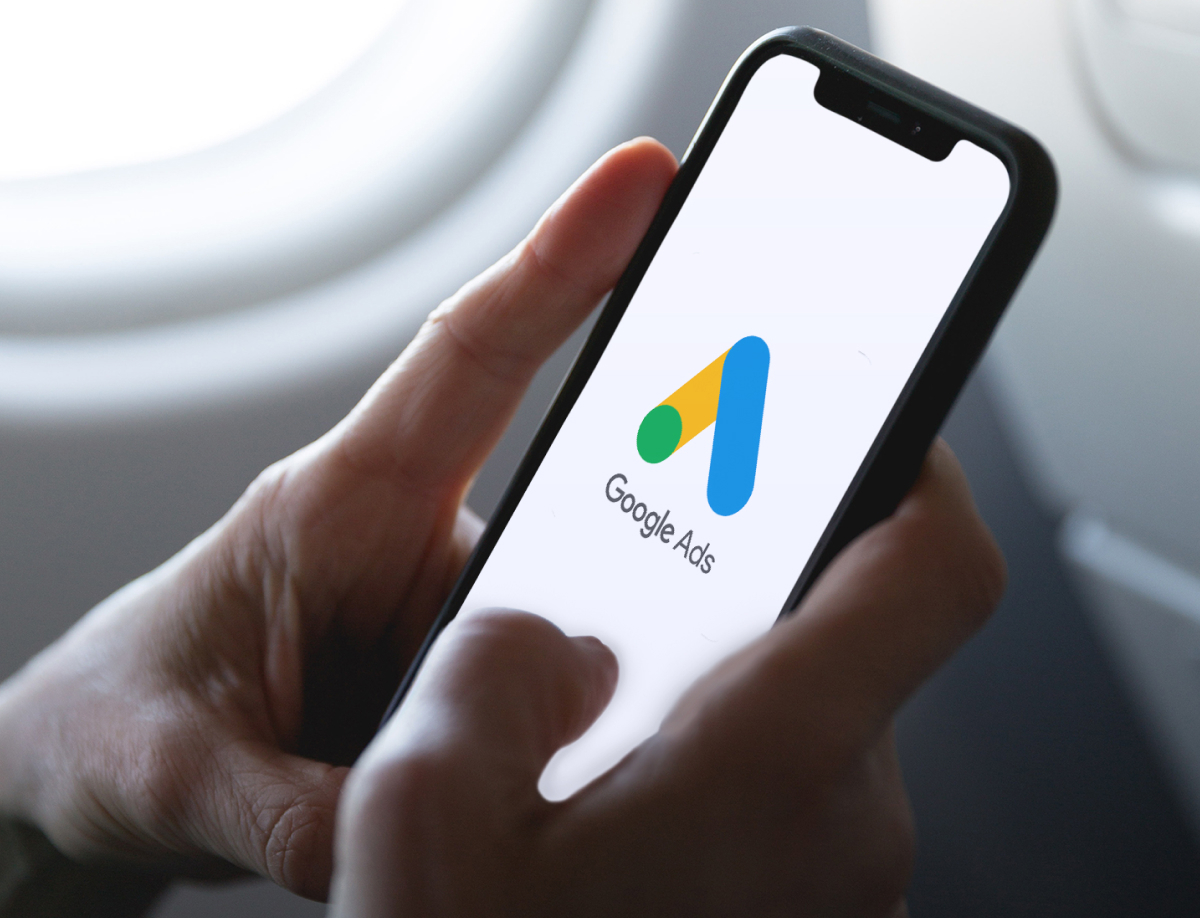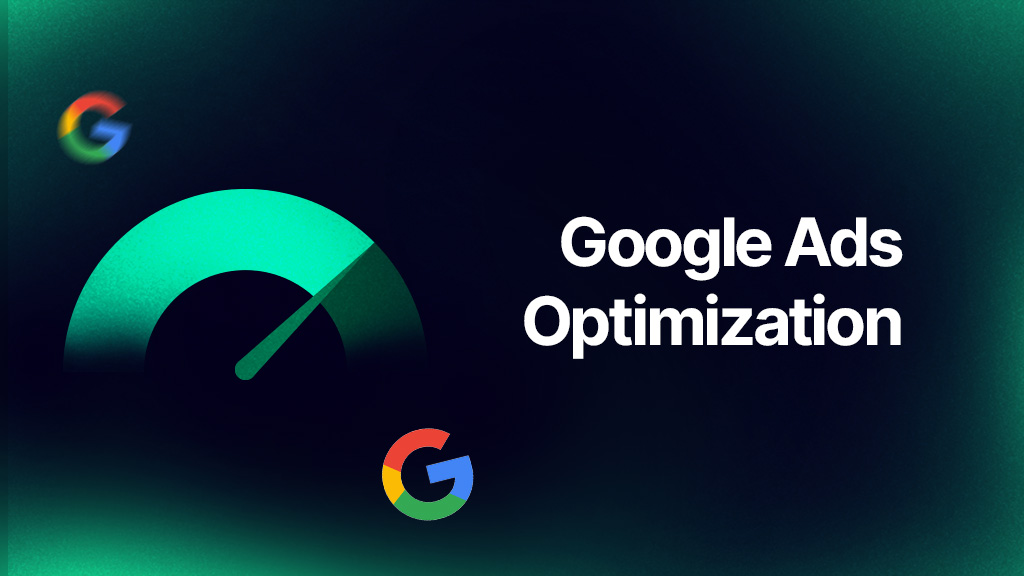
In today’s digital landscape, businesses are constantly grappling with the challenge of maintaining low advertising costs while simultaneously boosting audience engagement. As advertising costs continue to escalate, especially on popular platforms like Facebook, Instagram, and Google, companies must adopt strategic approaches to achieve a balance that maximizes their return on investment (ROI). This post will delve into various strategies that can help businesses lower ad costs while enhancing engagement, all while highlighting how Sociobo can support these efforts through its innovative services.
The Rising Costs of Digital Advertising
The digital advertising space has transformed dramatically over the past decade. With the proliferation of social media and online platforms, businesses have more opportunities than ever to reach their target audiences. However, this increase in competition has led to rising costs. According to industry reports, the average cost-per-click (CPC) for digital ads has increased significantly, often leading to challenges for businesses, especially those with limited marketing budgets.

In an environment where every dollar counts, businesses must be strategic in their approach to advertising. This involves not only reducing costs but also ensuring that their ads resonate with audiences to drive engagement. Engagement is key; it indicates that your audience is not just seeing your content but is also interested in what you have to say or offer.
Dynamic Ad Strategies for Engagement
One of the most effective ways to maintain low ad costs while boosting engagement is through dynamic ad strategies. These strategies utilize real-time data and automation to deliver personalized content tailored to individual users, increasing relevance and the potential for conversion.

Personalization and Relevance
Dynamic ads can adapt their content based on user behavior and preferences. For example, dynamic product ads automatically showcase items that users have previously viewed or products similar to their browsing history. This level of personalization ensures that advertisements resonate with individual audience members, leading to higher engagement rates.
Example of Dynamic Ads in Action
Consider an online clothing retailer that uses dynamic ads to showcase products. If a user browses through summer dresses but leaves the site without making a purchase, the retailer can retarget that user with ads featuring those specific dresses or similar styles. This targeted approach not only keeps the brand top-of-mind but also significantly increases the likelihood of conversion.
Implementing Dynamic Ad Strategies
To effectively implement dynamic ad strategies, businesses should:
- Utilize Data Analytics: Segment your audience based on behavior and preferences to create personalized ad experiences.
- Retarget Users: Re-engage users who have shown interest in your products or services through targeted ads.
- Optimize Ad Creatives: Continuously refine ad creatives based on performance data to ensure they remain relevant and engaging.
- Leverage Machine Learning: Use algorithms to predict user preferences, serving the most relevant ads at optimal times.
By combining dynamic ad strategies with other cost-effective marketing techniques, such as content marketing and email campaigns, businesses can create a comprehensive, engaging, and budget-friendly digital marketing approach.
Leveraging Remarketing for Cost Efficiency
Remarketing, also known as retargeting, is a powerful strategy that can significantly enhance cost efficiency in digital advertising campaigns. This approach focuses on re-engaging users who have previously interacted with a brand’s website or app, offering a second chance to convert potential customers at a lower cost compared to acquiring new leads.

Cost-Effectiveness of Remarketing
The average CPC for remarketing campaigns ranges from $0.66 to $1.23, making it a budget-friendly option for businesses of all sizes. This lower CPC is particularly beneficial for small businesses operating with limited marketing budgets, as it allows them to stretch their advertising dollars further by targeting a more qualified audience.
Example of Remarketing in Action
A travel agency may run a remarketing campaign targeting users who visited their site but did not complete a booking. By showing these users ads featuring special offers or discounts on the trips they viewed, the agency can entice them to return and finalize their purchase.
Implementing Effective Remarketing Strategies
To leverage remarketing effectively for cost efficiency, businesses should:
- Create Custom Audiences: Use platforms like Google Ads to create custom audiences based on website visitors and app users.
- Segment Remarketing Lists: Tailor ads based on specific user behaviors or interests to create more targeted and relevant ads.
- Utilize Dynamic Remarketing: Automatically show users products or services they’ve previously viewed to increase the likelihood of conversion.
- Set Frequency Caps: Prevent ad fatigue by limiting how often users see your ads.
By focusing on users who have already shown interest in your brand, businesses can achieve conversions at a lower cost, ultimately enhancing their overall marketing strategy.
Optimizing Ad Placements and Timing
Another critical aspect of keeping ad costs low while boosting engagement is optimizing ad placements and timing. By strategically positioning ads and scheduling them at optimal times, businesses can significantly improve their ROI and audience engagement.

Ad Placement Optimization
Ad placement optimization involves carefully selecting where ads appear across various digital platforms. The goal is to position ads where they are most likely to be seen and interacted with by the target audience. Some effective strategies include:
- Above-the-Fold Positioning: Placing ads in the upper portion of a webpage, visible without scrolling, can increase visibility and click-through rates.
- In-Content Placements: Integrating ads within relevant content can boost engagement by providing context and value to the reader.
- Sidebar and Footer Placements: These areas can be effective for less intrusive ad formats, such as display ads or sponsored content.
Ad Scheduling for Maximum Impact
Ad scheduling, or dayparting, is the practice of running ads at specific times or days when the target audience is most active and receptive. This strategy can significantly improve ad performance and cost-effectiveness. Key aspects of ad scheduling include:
- Time-of-Day Scheduling: Tailoring ad displays to peak hours or specific times, such as morning or late evening.
- Day-of-the-Week Scheduling: Choosing specific days for ad displays, like weekends for leisure products or weekdays for business services.
- Seasonal Adjustments: Aligning ad schedules with seasonal trends or events relevant to the product or service being advertised.
Implementing Effective Ad Placement and Timing Strategies
To optimize ad placements and timing, businesses should:
- Analyze Historical Data: Identify peak activity times for your target audience.
- Adjust Bids Accordingly: Increase bids during high-performance periods and decrease them during less effective times.
- Monitor Engagement Metrics: Continuously refine placements and timing based on performance data.
By carefully optimizing ad placements and timing, businesses can create more effective and cost-efficient advertising campaigns that not only improve visibility and impact but also enhance user experience.
Integrating Sociobo’s Services for Enhanced Engagement
As businesses navigate the complexities of digital advertising, the importance of social proof cannot be overstated. This is where Sociobo comes into play. By leveraging the concept of social proof aggregation, Sociobo helps individuals and brands enhance their visibility and authority on social media platforms.

The Power of Social Proof
Social proof is a psychological phenomenon where people conform to the actions and beliefs of others, especially in uncertain situations. In the realm of social media, this manifests through metrics such as followers, likes, comments, and shares. High numbers in these metrics suggest credibility and popularity, which in turn attracts more genuine engagement and followers.
Sociobo’s services revolve around providing aggregated followers and engagement, which significantly differ from fake followers. While fake followers are often inactive and can harm engagement rates, aggregated followers are high-quality bot accounts that are active and engaged with your content. This boosts your engagement rates, improves profile discovery, and positively impacts your social media trust score.
How Sociobo Can Help
By utilizing Sociobo’s services, businesses can enhance their authority and influence on social media, making their profiles more attractive to organic followers. This, in turn, can lead to increased engagement and lower advertising costs. Sociobo’s approach is particularly beneficial for:
- Celebrities and Influencers: Who need to maintain a strong online presence to attract genuine followers.
- Brands: Looking to enhance their visibility and credibility in a competitive market.
In a world where social media metrics play a crucial role in determining a brand’s success, Sociobo provides a valuable service that can help businesses achieve their goals more efficiently.
The challenge of keeping ad costs low while growing engagement is a multifaceted one, requiring businesses to adopt strategic approaches that leverage technology, data, and innovative marketing techniques. By implementing dynamic ad strategies, leveraging remarketing, optimizing ad placements and timing, and utilizing services like Sociobo, businesses can navigate this challenge effectively.
In an increasingly competitive digital landscape, it’s essential to stay ahead of the curve. By prioritizing engagement and adopting cost-effective strategies, you can maximize your advertising budget and achieve your marketing goals. Explore how Sociobo can elevate your social media presence and help you grow your brand today. Visit Sociobo.com to learn more about our services and how we can support your journey towards enhanced engagement and visibility.






No comment yet, add your voice below!